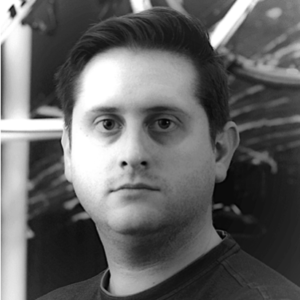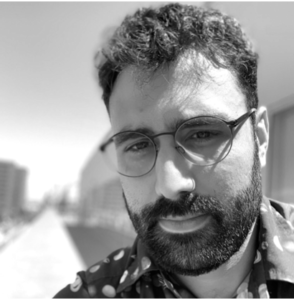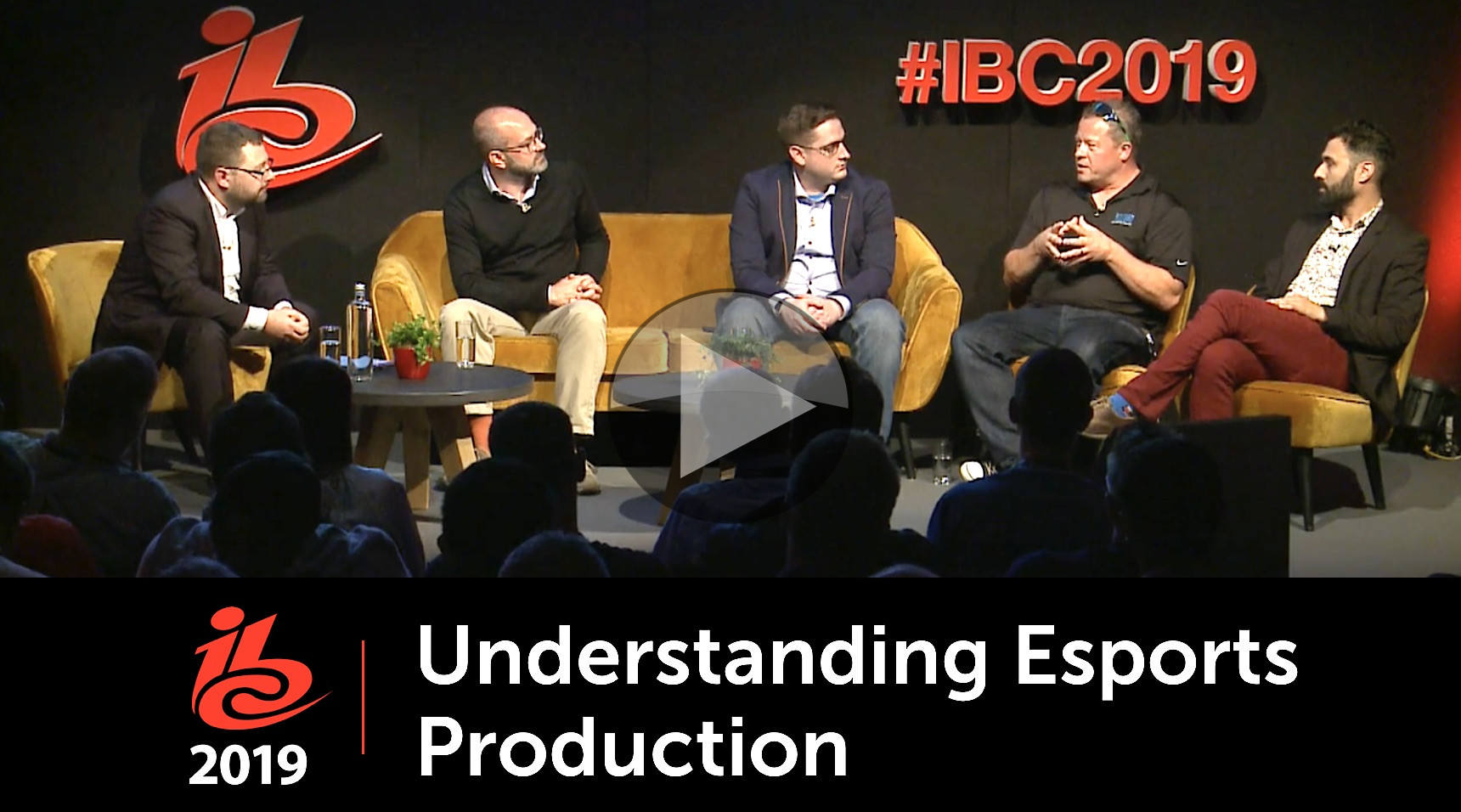Esports is here to stay and brings a new dimension on big events which combine the usual challenges of producing and broadcasting events at scale with less usual challenges such as non-standard resolutions and frame rates. This session from the IBC 2019 conference looks at the reality of bringing such events to life.
The talk starts with a brief introduction to some Esports-only terms before heading into the discussions starting with Simon Eicher who talks about his switch toward typical broadcast tools for Esports which has helped drive better production values and story telling. Maxwell Trauss from Riot Games explains how they incubated a group of great producers and were able keep production values high by having them working on shows remotely worldwide.
Blizzard uses the technique of using a clean ‘world feed’ which is shared worldwide for regions to regionalise it with graphics and language before then broadcasting this to the world. In terms of creating better storytelling, Blizzard have their own software which interprets the game data and presents it in a more consumable way to the production staff.
Observers are people who control in-game cameras. A producer can call out to any one of the observers. The panel talks about how separating the players from the observers from the crowd allows them to change the delay between what’s happening in the game and each of these elements seeing it. At the beginning of the event, this creates the opportunity to move the crowd backwards in time so that players don’t get tipped off. Similarly they can be isolated from the observers for the same effect. However, by the end of the game, the delays have been changed to bring everyone back into present time for a tense finale.
Corey Smith from Blizzard explains the cloud setup including clean feeds where GFX is added in the cloud. This would lead to a single clean feed from the venue, in the end. ESL, on the other hand choose to create their streams locally.
Ryan Chaply from Twitch explains their engagement models some of which reward for watching. Twitch’s real-time chat banner also changes the way productions are made because the producers have direct feedback from the viewers. This leads, day by day, to tweaks to the formats where a production may stop doing a certain thing by day three if it’s not well received, conversely when something is a hit, they can capitalise on this.
Ryan also talks about what they are weighing up in terms of when they will start using UHD. Riot’s Maxwell mentions the question of whether fans really want 4K at the moment, acknowledging it’s an inevitability, he asks whether the priority is actually having more/better stats.
The panel finishes with a look to the future, the continued adoption of broadcast into Esports, timing in the cloud and dealing with end-to-end metadata and a video giving a taste of the Esports event.
Watch now!
Speakers
 |
Simon Eicher Executive Producer, Director of Broadcast, eSports Services, ESL |
 |
Ryan Chaply Senior Esports Program Manager, Twitch |
 |
Corey Smith Director, Live Operations Broadcast Technology Group, Blizzard |
 |
Maxwell Trauss Broadcast Architect, Riot Games |
 |
Jens Fischer Global Esport Specialist and Account Manager D.A.CH, EVS |


